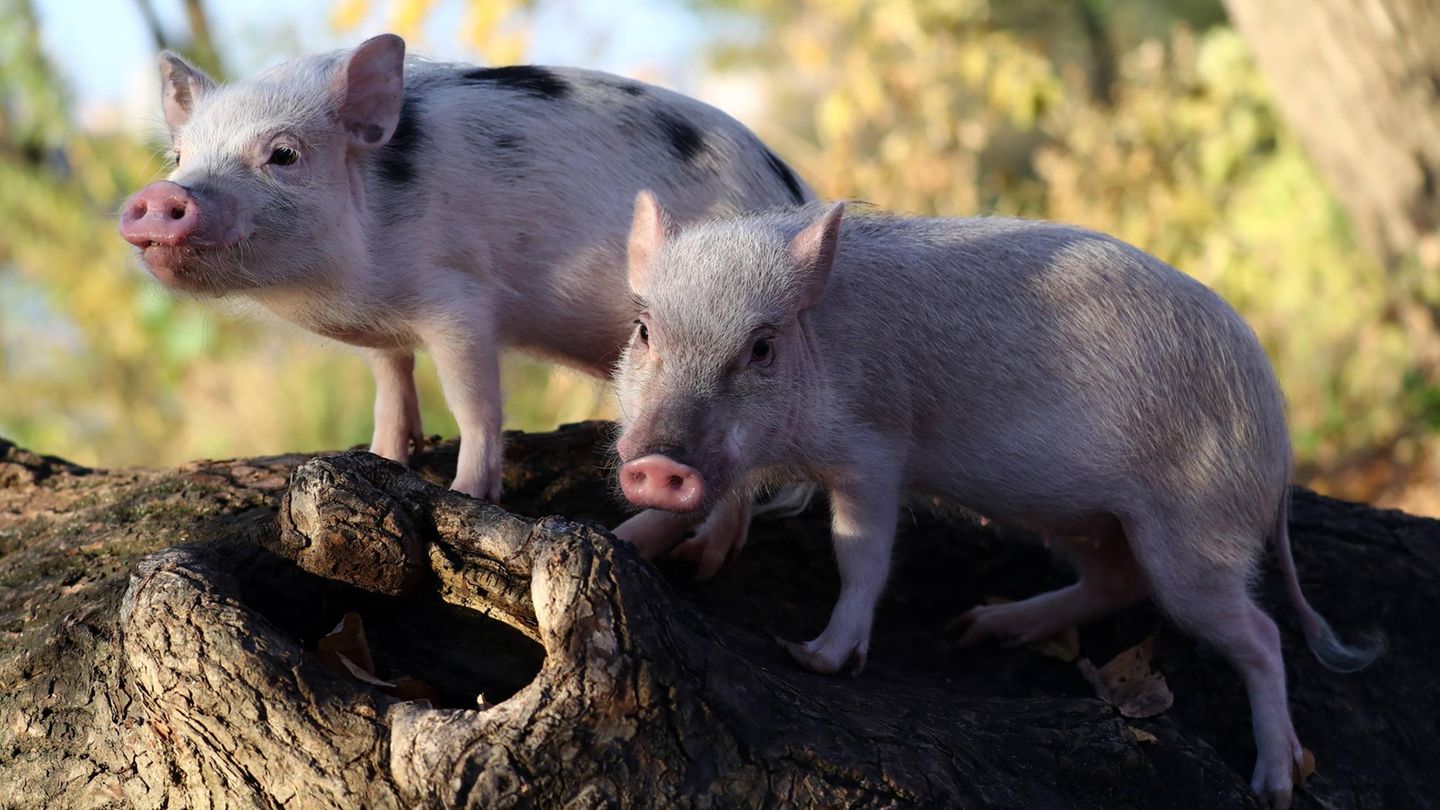The older men get, the more likely they are to deal with erectile dysfunction. Scientists have now found a new treatment approach in a study with pigs.
It’s pure biology: from a certain age, a man has to accept the danger that his best piece will no longer be as hard as it used to be, or that it will go limp more quickly. Even if hardly anyone likes to talk about it, erectile dysfunction is more common than many men want to admit. About every tenth person has to deal with erectile dysfunction in their forties, and even every third person in their 60s.
And these are just the known cases, the number of unreported cases is much higher, experts estimate. Because many men still equate declining potency with a loss of masculinity and do not consult a doctor out of shame. There are now various treatment methods and a new one could soon be added. He has to do with bionic pig penises.
When a man is aroused, he pumps more blood into the arteries and cavernous bodies, the pressure increases and the penis becomes stiff. What sounds simple is in fact a sophisticated interaction of hormones, blood vessels and nerves. If the blood supply is not working properly, the muscles are damaged or there is a lack of testosterone, this interaction can be out of sync.
Psychological factors such as stress or depression as well as illnesses and medication can also have an impact on potency. Alcohol and tobacco, too little exercise and obesity can damage the blood vessels. This leads to poorer blood circulation and – exactly – less blood means less pressure and less hardness.
Erectile dysfunction due to sex injuries
The situation is similar when the connective tissue tunica albuginea is injured during sex. This can lead to inflammation and scarring of the tissue, causing the penis to curve when erect. Often in different places. In addition, the tissue can weaken with age. Hardening is also possible.
The tunica albuginea is responsible for ensuring that the blood stays in the penis during erection and that the erection lasts. If it is damaged, it cannot keep the blood in the penis during erection and thus cannot maintain the erect state. In three to nine percent of erectile dysfunction, this so-called Peyronie’s disease is the cause. Scientists from the South China University of Technology have been researching a solution to such connective tissue damage and may now have found a solution.
The research team has developed an artificial hydrogel-based material that mimics the tunica albuginea and its biomechanical properties. From these they made “tissue patches”. The biggest advantage of the artificial material is that it achieves tissue-like functions “by mimicking the microstructure of natural tissue,” says Xuetao Shi, a professor of tissue engineering at South China University of Technology.
Artificial tissue tested in pig penises
The “plaster” method was tested as part of a small study on twelve miniature pigs with damaged penises. The penises of the miniature pigs are comparable in structure and size to the human ones. Four pigs were untreated, four received the hydrogel, and another four received suturing.
The results have now been published in the journal “Matter”. Accordingly, the pigs “immediately after use [der künstlichen Tunica albuginea ] had regained a “normal erection” comparable to that of healthy pigs, Shi said. The repair results a month after the procedure were good, but not perfect. Scars had formed.
Nevertheless, the Chinese scientists record the study as a success. The study shows that the artificial biomaterial can adequately repair the defects, with good short-term results, pediatric urologist and director of the Wake Forest Institute for Regenerative Medicine Anthony Atala told Inverse.
He wasn’t involved in the study but believes, “The technology shows promise and deserves further study so that one day it can be safely transferred to human patients who can benefit from this advance.”
But until then, a lot of research is needed. However, if the novel tissue keeps its promises, it could also be used in other parts of the body, such as the intestine or bladder, according to Shi.
Source: , , , , ,
Source: Stern




